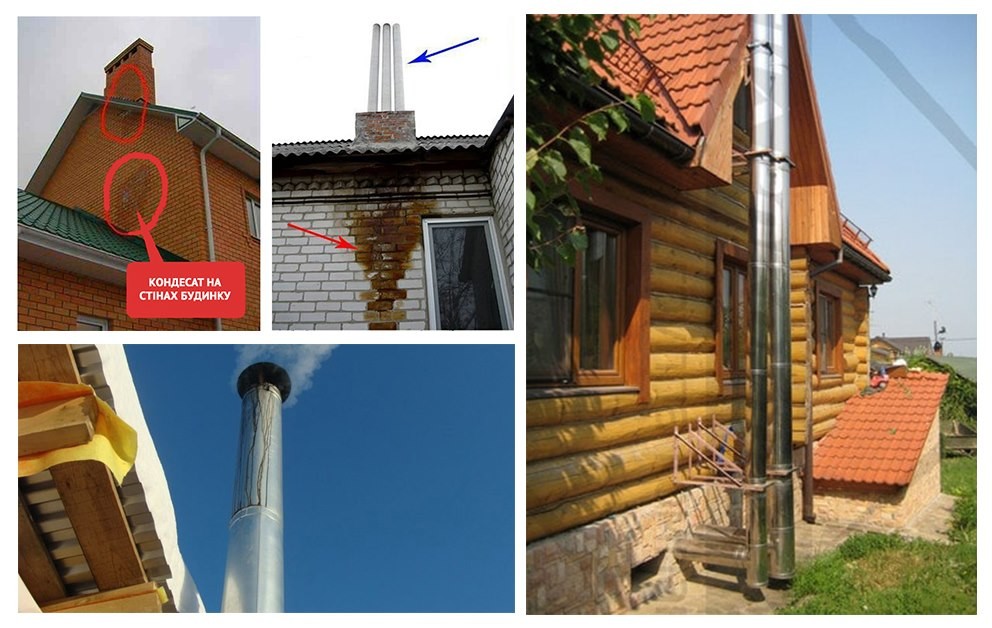Як правильно облаштувати димохід
Do you want to use a solid fuel boiler economically, safely and comfortably? Pay attention to the choice of chimney systems. When drawing up an estimate for the construction of a house, no one doubts that it should include the cost of insulating the foundation, roof and walls of the building. However, when it comes to chimney insulation, many people do not understand why it is necessary.Let's figure out why pipes deteriorate over time. When we burn wood or other fuels, steam escapes from the boiler into the chimney along with the combustion products. Part of the moisture dissipates in the atmosphere, and part of it settles on the walls of the pipe. Moisture condensation occurs as a result of the fact that the temperature of the chimney and the temperature of the surrounding air are very different - the surface of the pipe is hot, and the air around it is cold. A sharp temperature difference between the outside and inside is known to lead to the formation of condensation in large quantities.If the house has a heating system using solid fuel boilers, then the insulation of chimneys should be carried out without fail. This will make the chimney work as efficiently as possible and significantly increase its service life without repair.The main «enemy» of chimneys is condensation. The main task of thermal insulation in this case is to create such temperature conditions under which it will not form in the chimney cavities.
WARNING!The greater the temperature difference, the greater the likelihood of condensation.
This process is also greatly influenced by the quality of the fuel (for example, you cannot heat with raw firewood), the manufacturability of the heating device and other conditions. Due to the specifics of the natural energy carrier, the most vulnerable are the chimneys of the heating system, where a solid fuel boiler is used as a heat generator.The condensate formed in the chimneys is a mixture of water and a very active acid solution. The acid is formed as a result of complex processes that take place during the combustion of heat carriers. It is the sulfuric acid solution that negatively affects chimneys, destroying them from the inside. In addition, if the chimney is made of brick, condensation moisture soaks the stone walls. This even causes freezing in the event of a heating shutdown. Moreover, so much water can be absorbed that the building structures located next to the pipe can also get very wet.
The insulation of the chimney contributes to the fact that the so-called dew point goes beyond the pipe, thereby eliminating the very cause of condensation, which means that the destruction processes slow down and the service life of the chimneys is extended.
Condensation is not the only problem with an uninsulated chimney. If the inner surface of the pipe cools too much, the flue gases also lose their temperature. This inevitably affects the draft, which causes smoke in the boiler room, a decrease in the efficiency of the heating system or inefficient fuel consumption.
